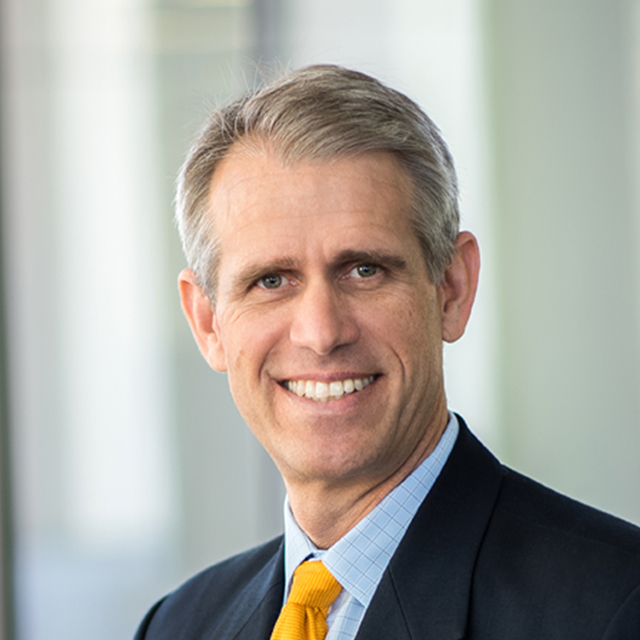The overall goal of nasal reconstruction is the restoration or refinement of nasal form and function. There are a variety of causes of nasal abnormalities including, but not limited to:

Nasal Reconstruction
- Congenital defects
- Car accidents
- Physical altercations
- Previous surgeries
Our surgeons will evaluate you in clinic to decide whether surgery is an appropriate solution to improve your quality of life. At the time of your visit, please be prepared to have pictures taken of you for both insurance purposes and surgical planning.
In addition to medically necessary solutions, some patients decide to take advantage of their reconstructive surgery to also effect aesthetic changes to their nose (rhinoplasty). Investing in a rhinoplasty can ensure the most aesthetically pleasing outcome of a nasal surgery and is exclusively funded by the patient. Please make sure you understand the costs associated with that procedure prior to scheduling surgery.
Preparation
You will meet with one of our surgeons in clinic to be evaluated for nasal reconstruction. Please be prepared to discuss your medical history, including past surgeries, present and past health problems, and medications. Our surgeons will perform a general head and neck exam, which will include a detailed investigation of your nasal airway. After the assessment, the surgeon will discuss the optimal procedure with you in detail, answering any questions or concerns you may have.
Once surgery has been scheduled, you will be responsible for getting a history and physical with your primary care physician or the UCSF Medical Center's Prepare Department one to two weeks prior to the procedure. If you are taking any blood thinners, you should discuss with the prescribing physician whether you should discontinue them in preparation for surgery.
The night before surgery, you should not have anything to eat or drink after midnight. Arrive at least two hours prior to your surgical start time and wear comfortable clothing. We recommend a shirt or blouse that buttons down and does not need to be pulled over your head.
Procedure
The majority of our patients have general anesthesia during their procedures to ensure that they are unable to remember or feel the procedure.
Procedures are considered "open" or "closed" depending on the location of the primary incision. In a closed approach, the incision will be made inside the nostrils. With an open approach, the incision will be located in the skin between your nostrils. Your surgeon will lift flaps of skin and soft tissue in order to modify your nasal bone, cartilage or a combination of both. Depending on the extent of the reconstruction, the surgeon may need to take cartilage from other parts of your body such as your ear or rib.
After the procedure is complete, your surgeon will close any incisions with dissolvable or permanent sutures and may place a splint externally or internally. It is very important to follow the discharge instructions surrounding your splint because it is supporting your healing nasal septum.
Recovery and follow-up
Although it takes up to six months for your body to completely heal, most of our patients return to work or school after two weeks of recuperation. You will need to come back to the office to have sutures or your splint removed by the surgeon or another member of our clinical support team. It is very important that you follow your surgeon's discharge instructions after surgery to allow for the smoothest recovery.If you have any questions or concerns, please contact our office and ask to speak with the nurse.
UCSF Health medical specialists have reviewed this information. It is for educational purposes only and is not intended to replace the advice of your doctor or other health care provider. We encourage you to discuss any questions or concerns you may have with your provider.







